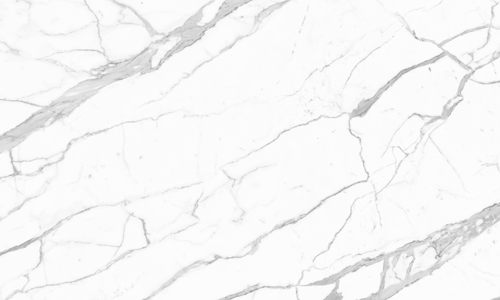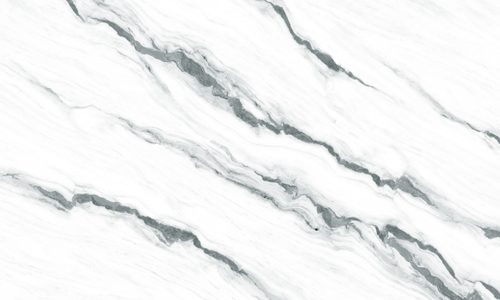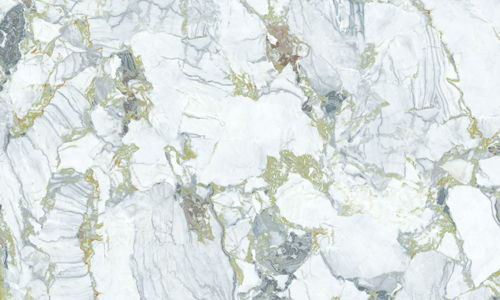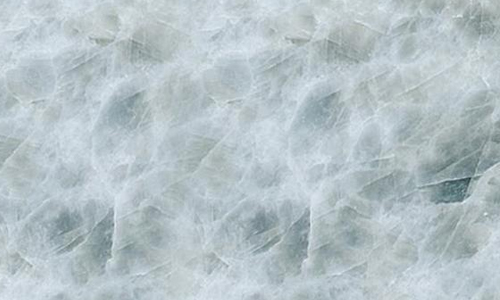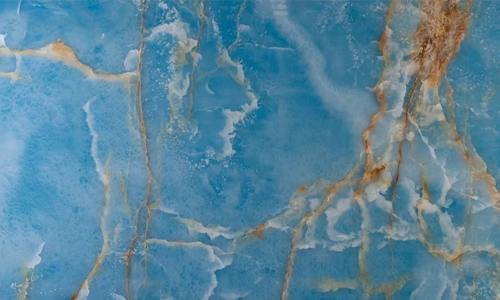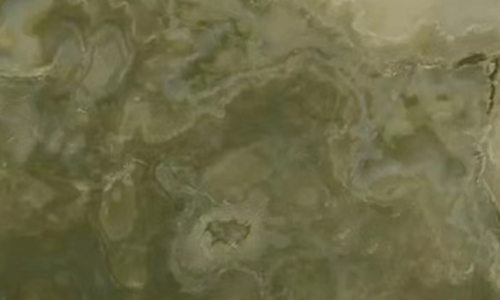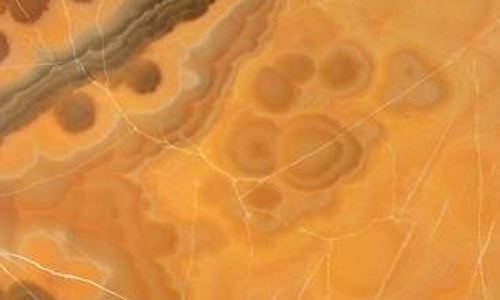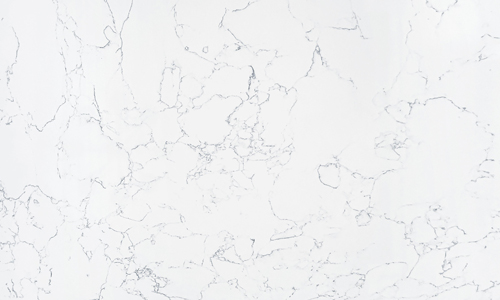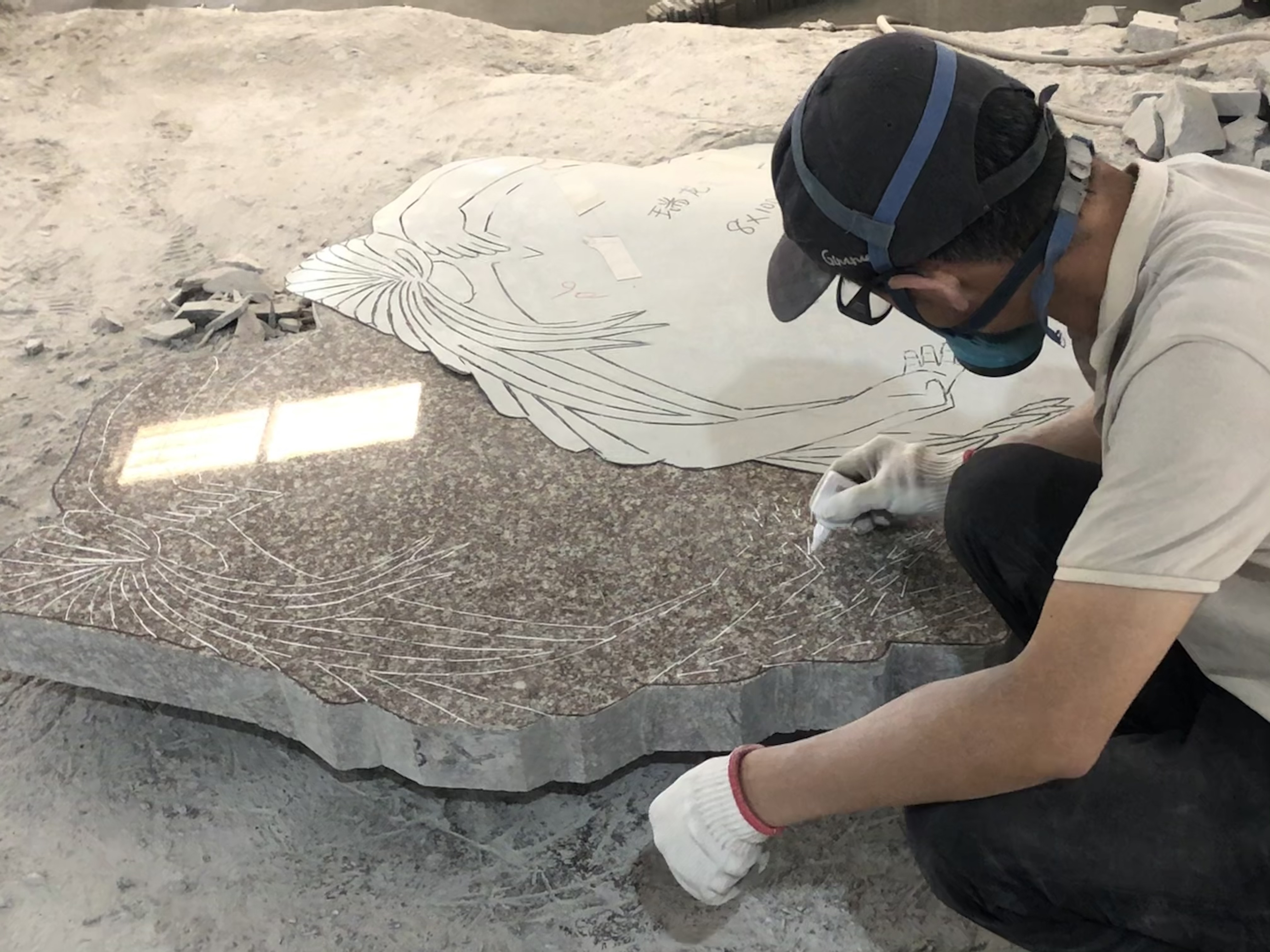
When it comes to selecting the perfect material for tombstones, there are several options to consider. Each type of stone offers unique characteristics that can influence the longevity, appearance, and maintenance of the memorial. Here is a guide to some of the most common stone materials used for tombstones:
Granite
Durability and Versatility: Granite is one of the most popular materials for tombstones due to its hardness, durability, and resistance to weathering, making it ideal for outdoor monuments and tombstones. It offers a wide range of colors, from basic black and gray to more vibrant options like red, pink, dark green, and light yellow.
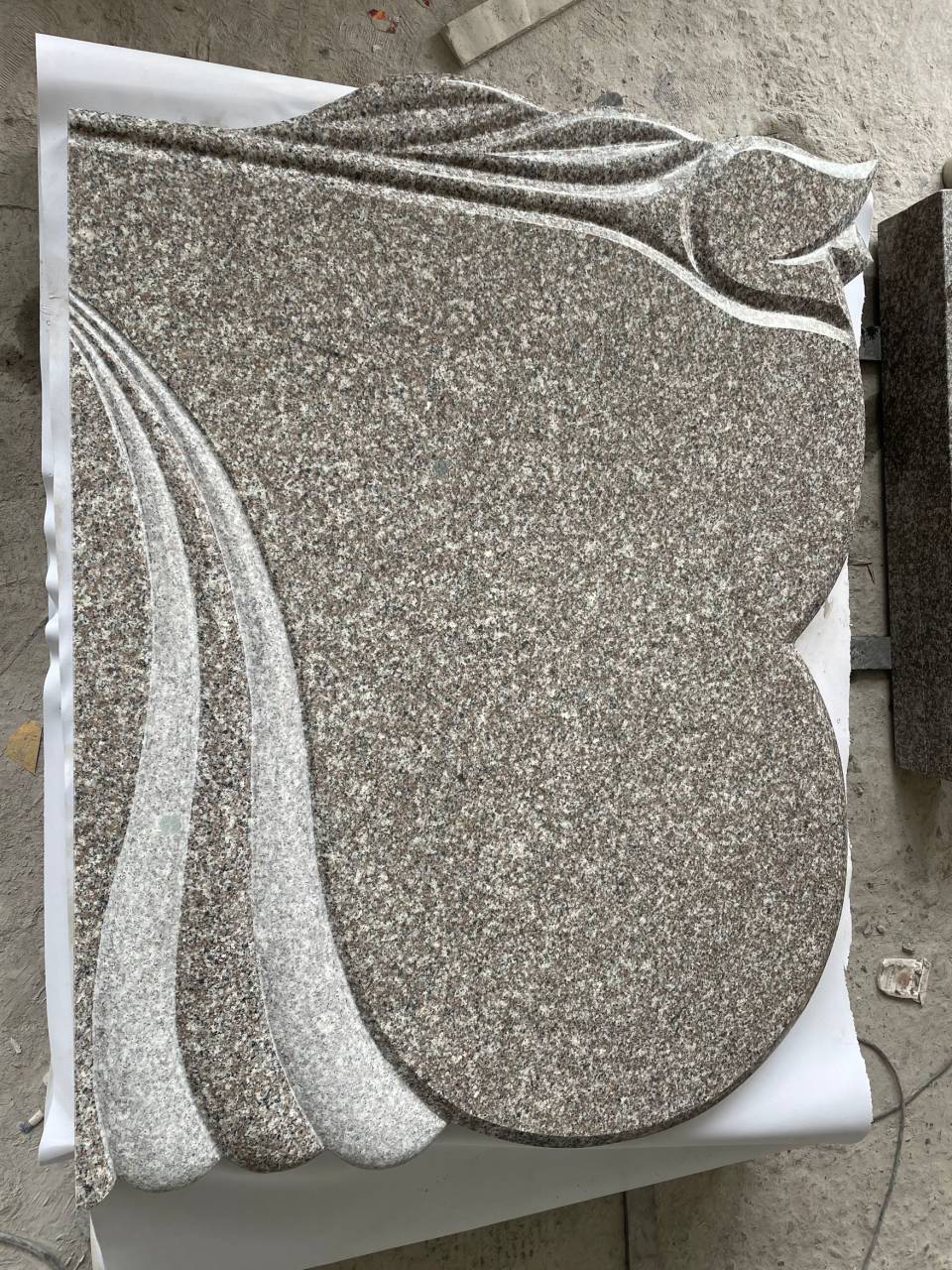
Longevity: The high hardness of granite allows it to withstand daily wear and tear, as well as weathering, resulting in a long lifespan.
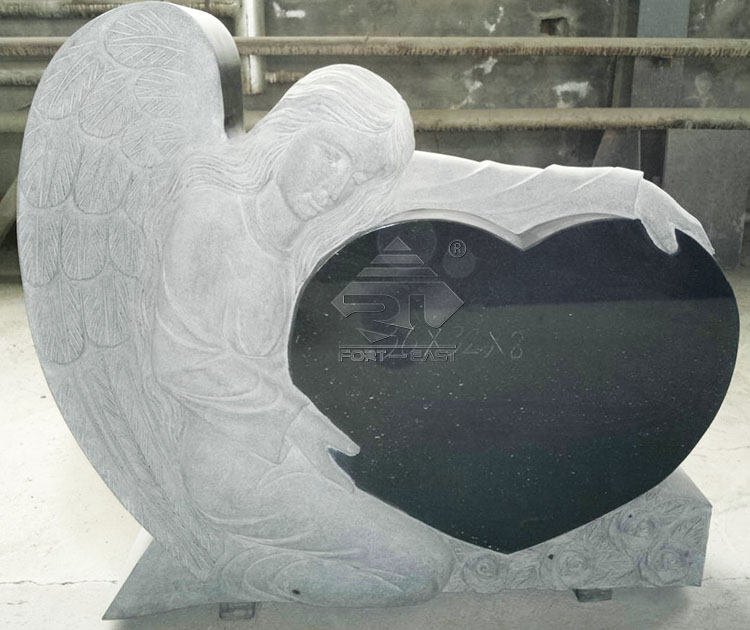
Marble
Aesthetic Appeal: Marble is another common choice for tombstones, prized for its high decorative and aesthetic value. It comes in a variety of colors and textures, making it a popular choice.

Maintenance Considerations: Marble is softer than granite and is more susceptible to weathering and oxidation, which can lead to a shorter lifespan. It is best suited for indoor tombstones and monuments.
Limestone
Sculptural Quality: Limestone is a softer stone that is typically white in color. It can be easily carved into various shapes and designs, making it suitable for intricate tombstones and monuments.
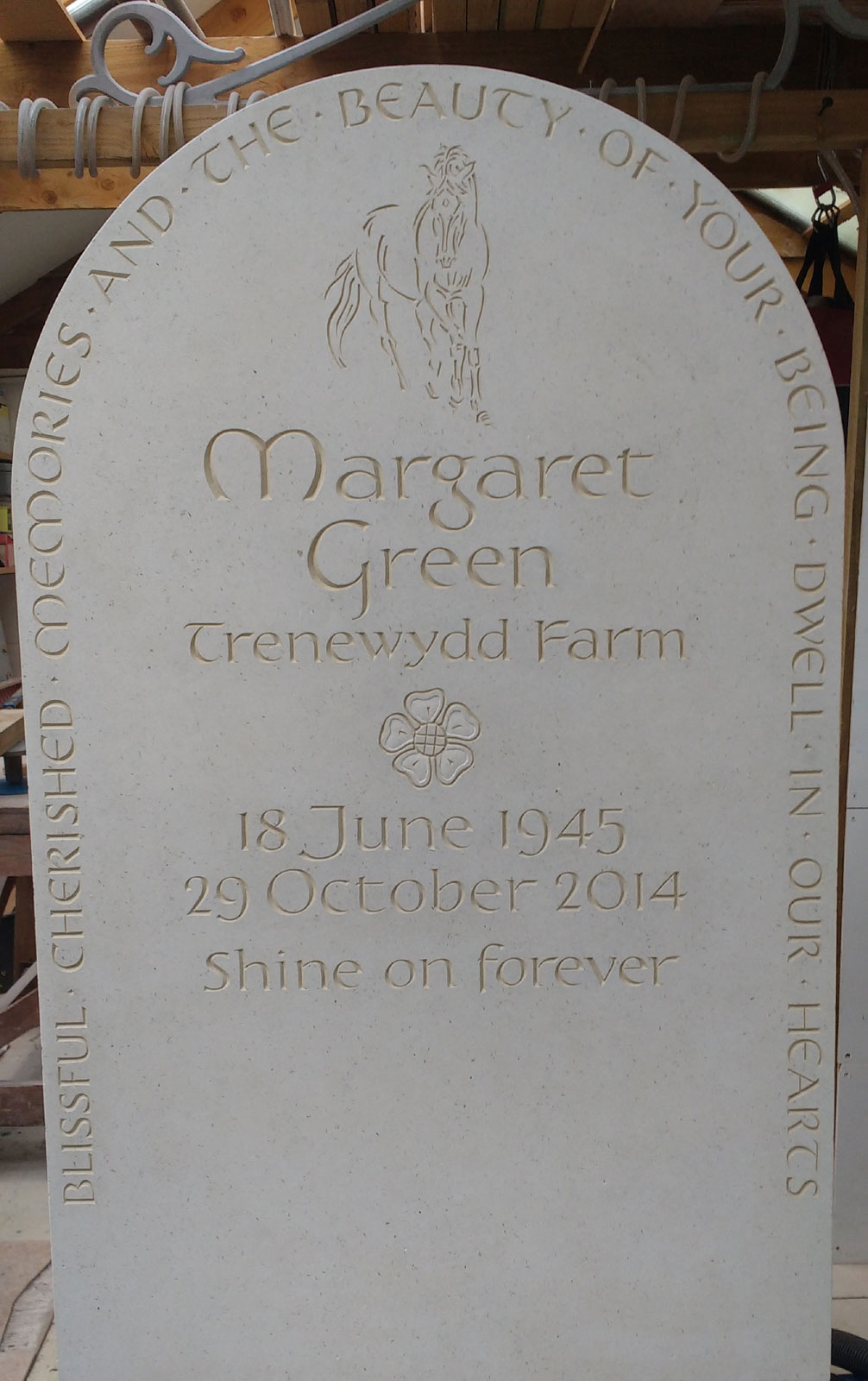
Durability: Due to its soft texture, limestone is more prone to weathering and erosion, which results in a shorter lifespan compared to other materials.
Quartzite
Wear Resistance: Quartzite is a durable and hard-wearing stone, suitable for large-scale tombstones and monuments. It is usually gray or white in color.
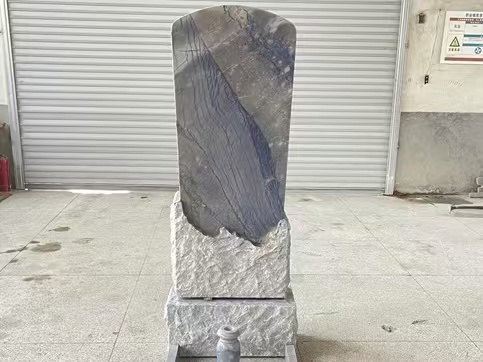
Longevity: The stone's hardness, resistance to wear, and low susceptibility to weathering contribute to its long lifespan. However, quartzite is more difficult to work with and is not ideal for intricate carvings.
Other Stones
Variety of Options: In addition to the aforementioned stones, there are other materials such as black diorite and andesite that can be used for tombstone construction. Each has its own set of advantages and disadvantages, and the choice should be made based on specific circumstances.
Conclusion
Selecting the appropriate tombstone material requires considering various factors, including climate conditions, location, and personal preferences. This article aims to provide readers with useful information to make an informed decision.
Lillian Fortune East Stone
📧 Email: sales05@fortunestone.cn 📞 Phone: +86 15960363992 (Available on WhatsApp) 🌐 Websites: www.festonegallery.com | www.fortuneeaststone.com


